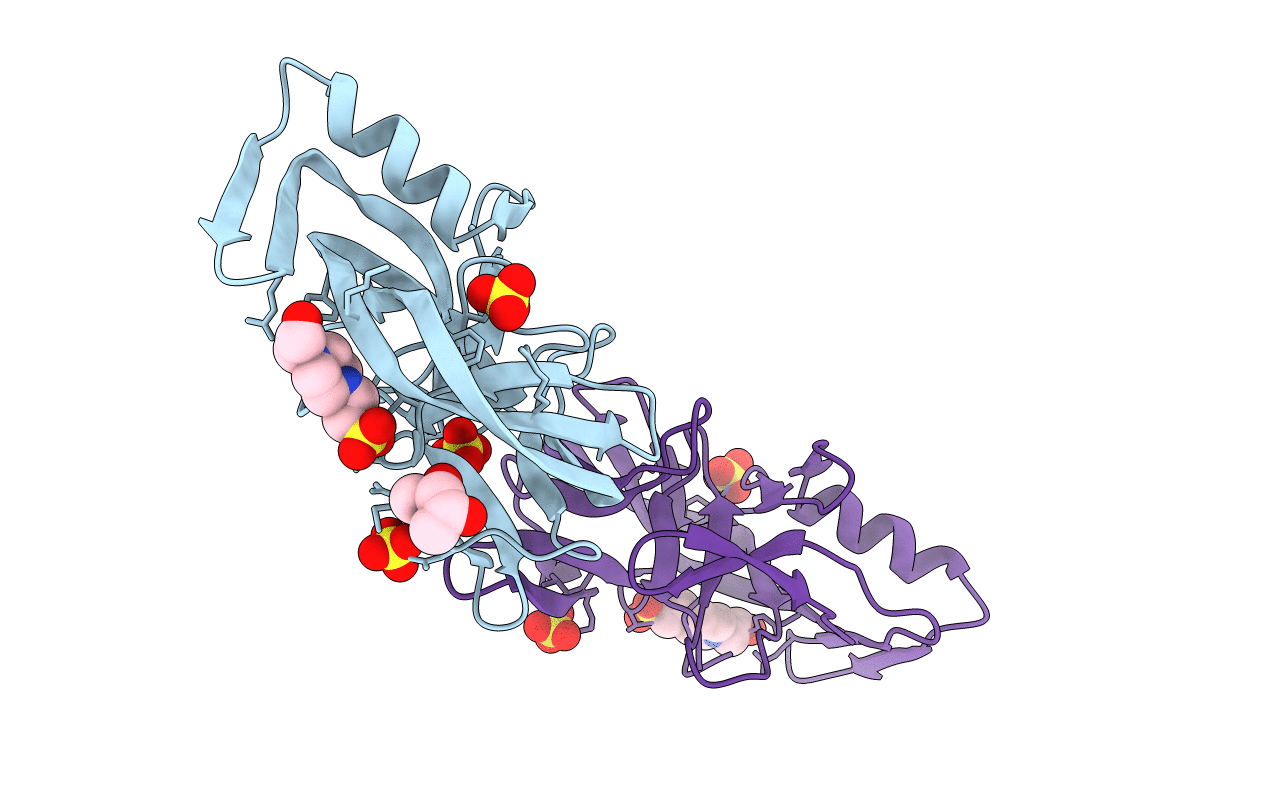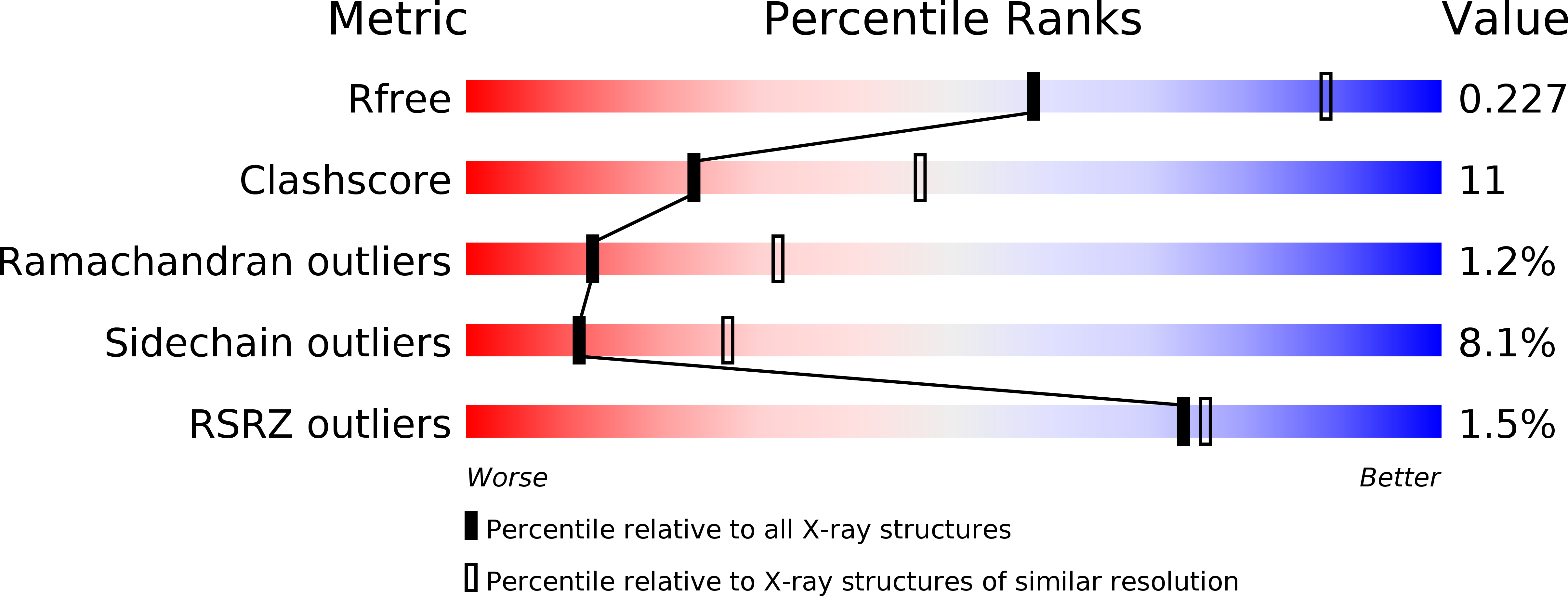
Deposition Date
2013-12-16
Release Date
2014-03-19
Last Version Date
2023-09-20
Entry Detail
Biological Source:
Source Organism:
Thermoplasma volcanium (Taxon ID: 273116)
Host Organism:
Method Details:
Experimental Method:
Resolution:
2.70 Å
R-Value Free:
0.22
R-Value Work:
0.18
R-Value Observed:
0.18
Space Group:
P 63


